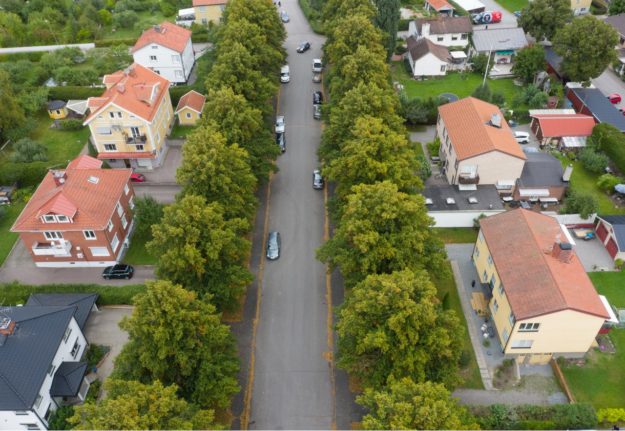The current account surplus was a new record for Europe's biggest economy and was the biggest surplus globally.
Second was China with €150 billion followed by Saudi Arabia with €100 billion, Ifo said.
In 2013, Germany exported €190 billion more in goods than were imported.
Economists said that the increase is due to cheaper oil imports at the end of 2014 thanks to falling prices.
The weakening euro also contributed as it makes German-manufactured goods cheaper in key markets such as the United States and the United Kingdom.
"The largest segment of the annual surplus came from €170 billion in goods exported to the eurozone," read the press statement by Ifo.
That's equivalent to 7.5 percent of Germany's GDP, putting it in violation of the European Commission's recommended threshold of six percent.
The numbers could also fuel fire to the arguments that Germany isn't doing enough to reduce global imbalances.
The Ifo predicts another record year for German exports in 2015 as oil prices continue to stay low and the euro remains weak thanks to uncertainty over the newly-elected Syrzia government's economic plans for Greece and the success of the European Central Bank's quantative easing plan.
SEE ALSO: Lower energy costs tank inflation rate


 Please whitelist us to continue reading.
Please whitelist us to continue reading.
Member comments